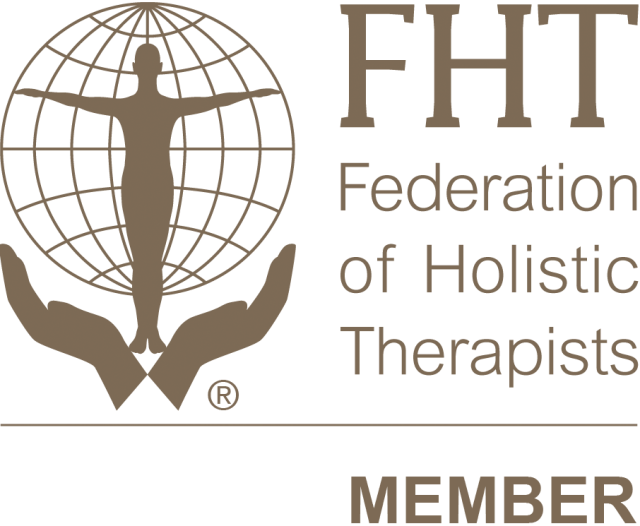The idea of fasting hit me in the head in 2013. And it definitely worried me.
Before the notion was introduced to me, it had never ever occurred to me that not eating was even a thing.
How could I possibly go periods of time without energy giving food?
Obviously, I wasn’t completely oblivious to the concept I was aware of its use for religious reasons and the only other link in my mind was also the shocking extremes that eating disorders like bulimia and anorexia showed in people who restricted their food intake.
But the idea that it could be used to improve health just hadn’t been on my radar. And I couldn’t see how it would help.
These days, of course, most people have heard of it. But many are scared of it. I meet people all the time who say, “I could never try fasting”.
It doesn’t help that there is so much misinformation out there.
Is it a fad?
Very often in the media you will see fasting being classed as a fad.
But this useful protocol has been around for thousands of years. In fact, it’s the oldest diet protocol in the book.
Fasting for religious reasons has been around since approximately 1500BC.
And for health reasons since about 500BC.
But fasting due to food scarcity has been around since humans evolved.
Because until the invention of agriculture about 10,000 years ago, food wasn’t readily available.
Humans therefore must have the biological ability to go long periods without food for the survival of the species.
And human biology hasn’t changed.
The food environment has though. None more so than in the past 60 years.
Food is everywhere and on top of that we’ve been told things like ‘breakfast is the most important meal of the day’ and to ‘eat little and often’, mantras that have come from people who profit from them.
And it is for this reason we have seen an explosion in the prevalence of chronic disease and overweight.
Because humans were not designed to eat 24/7.
What can we do about it?
The fantastic news is that because we are biologically programmed to be able to survive long periods without food, we can use it to combat our own health related battles in the 21st century.
I used it back in 2013, in conjunction with what I was learning about what humans are supposed to eat.
And I’ve been using it ever since.
It resolved my 40-year eczema problem and gave me a balanced weight for the first time in 35 years.
It has gone on to see me through menopause symptom free.
And to feel better in my fifties than I did in my first four decades.
Why is it easy?
What could be simpler than not eating?
It works with any way of eating so anyone can do it (although I now know which foods make it even easier).
Biologically you adapt to using your own body fat as a form of fuel and any glucose needed for the brain is made by your clever body.
A couple of days in most people find they are less hungry because they are using fasting when you might think it would make you hungry.
The reason for this is that the body starts regulating the hunger (and other) hormones.
As you go on energy is increased as the body has time to rebuild and repair itself.
Can it be used in diabetes treatment?
The body also feels safe to release fat stores as insulin is lowered (no food means no need for insulin).
For this reason, it is very useful to tackle pre and type 2 diabetes and to help reverse it.
Used alongside foods that also lower insulin (how we eat in the Wide Eyed way) and you will be well on the way to reversing all health and weight issues.
Absolutely nothing to be scared of.
All my clients, without exception, are most surprised about how easily they take to the fasting part of the Wide Eyed programmes.
How do you begin?
The easiest way is to carry on eating as you do now but restrict it to an 8-hour eating window.
Don’t worry that you won’t be eating for 16 hours, half of that will be while you sleep.
Timewise, it would mean that you’d have breakfast (break your fast with the first food of the day) at 11am and then have your last mouthful of food for the day at 7pm.
If it suits you better to eat earlier, then it might look like breakfast at 7am and be finished eating by 3pm.
And if you do find that giving it a go causes any issues whatsoever, you eat something!
If it doesn’t go to plan, then try again another day.
But most people take to it without any problems.
Fasting is so flexible; you can time it around social events and lifestyle.
And remember, the ability to fast is a biological tool you were born to use, you’ve just been conditioned to fear it.



